Phil Hester’s been one of my favorite creators to talk with for The Beat, very generous with his time and always delivering smart insights into the creative process. As soon as Family Tree, his new Image series with Jeff Lemire was announced I reached out to ask if he’d like to do an interview to promote the new series. Check out our discussion on his interest in horror, why he likes working with an inker, and his return to drawing an ongoing series.
All art used in this post by Phil Hester, Eric Gapstur, and Ryan Cody.
How did you and Jeff connect and think up Family Tree?
We’d been looking for something to do together for a while. I think SHIPWRECK (with Warren Ellis at Aftershock) kind of kickstarted Jeff’s desire to make “we should work together someday” into “let’s work on something right now.” After a few fits and starts on some Big 2 things, Jeff decided to use me on a project where he called the shots. The idea itself is all Jeff, but once he told me the premise, I was eager to draw it.
How much did you discuss the story with him before pen hit paper?
It was fully formed by Jeff. It kind of freaked me out, to be honest, because I was developing a small town body horror comic to take to Image at the same time. Jeff’s so prolific that he’s likely to be working on something similar to your project at any time. One of the industry hazards! Thankfully, Jeff’s idea and mine aren’t too similar after all.
Do you notice Jeff’s background as an artist by how he writes his scripts?
Yes. He always gives scenes room to breathe. His sense of pacing is almost supernaturally apt, and that can really only come from drawing comics. Jeff’s been a real inspiration to me, despite being my junior, in that he trusts his drawing style completely. Despite doing this for 30+ years, I am always second guessing myself. With FAMILY TREE I’m trying to cut loose a little and hew closer to that spontaneous style I last showed off in SHIPWRECK.
Family Tree, like much of your recent work, is a horror title. When you started out in comics, did you expect your art to be so suited for the genre?
Frankly, yes. I know most people probably know my work from superhero titles, but I came up during the black and white explosion. That era was sort of steeped in, if not outright horror, at least very noirish books with dark atmospheres. That was my training ground. As a kid, I was drawn to the darker corners of comics, even the superhero universes. FAMILY TREE fits right in with SWAMP THING or FRINGE or THE WRETCH from earlier in my career. It’s a natural progression.
The story features the transformation of an 8 year-old girl into a tree. Is that challenging to depict, since it requires you to continually adjust her appearance?
Well, I often draw out of order, so either Eric or I always have to go back and make sure the mutations are consistent over time. Plus, the book has a big flashback/flash forward dynamic, so we see various characters at different stages of disease or age, so it keeps me on my toes.
How do you present that evolution on the page? Does she change slightly with every panel or does she experience very sudden transformations from one version of herself to another?
Each time her (or anyone’s) mutation advances, it’s always a shock to the other characters, so we try to unveil it as a startling reveal in story.
Not long after you entered the industry, inkers started to become a dying breed. Why do you think new artists choose to ink their own work?
The whole assembly line was already sort of stumbling at that point. Back when I started, the penciler/inker team was just the way it was. And I admit, I am definitely a fool for the romance of comics history. The idea of being known as part of a penciler/inker tandem was and is very appealing to me. Each artist has to decide for themselves what to invest their time and talent in. My own inking skills are not great, and I’m much more interested in storytelling, so I’d rather use my time penciling and writing that producing finished images.
Have you ever explored both penciling and inking your art?
Only when I have to. If it’s an edgy, artsy, or otherwise rough hewn kind of story, I’m comfortable inking. But if you’re asking me if I could ink IRON MAN? No way. I just don’t have the hand for it. I mean, I will occasionally do a mixed media story with chalk, charcoal, collage, etc., but almost always for a short horror story, never a Big 2 kind of thing. Mainstream aesthetics have expanded during my career, but not to the point where I think an editor could stomach my slapdash approach on a conventional super hero title.
What benefits come from a collaboration between a penciller and inker?
Inkers bring their own aesthetic to the table. When the penciler and inker are in tune, it can be magical. I’ve been lucky to work with a handful of inkers who shore up my weaknesses while showcasing my strengths, notably Ande Parks and Eric Gapstur. They’re almost like great music producers. They hear my demo, know where it needs sweetening to become a hit, and fix it. In the end it’s still my song, but it sounds better. Also, comic making is a lonely business. Having a collaborator gives you someone to talk to on a regular basis outside of a pet.
You’ve worked with Eric for eight years now. How has your collaboration evolved over that time?
He’s definitely become a better draftsman himself. I don’t think my drawing ability has rubbed off on him. I don’t have any to spare, to be honest. I just think working in comics over that span has made him comfortable enough to assert himself as a penciler. He’s got a solo short story dropping from DC later in the year and I couldn’t be more excited, especially since I wrote it. His days inking me are probably numbered.
You’ve spent the last several years working on shorter projects as an artist. What excites you about committing to a new ongoing series?
Mostly the concept. As I said, I was gearing up for my own horror series at the time, so I was ready to do a longer project, but when Jeff Lemire knocks, you open!
Thanks to Phil for the interview! Follow him on Twitter @philhester. Family Tree #1 releases on November 13. Pre-order it with the code SEP190021. I read the fist issue and it’s fantastic.
Matt Chats is an interview series featuring discussions with a creator or player in comics, diving deep into industry, process, and creative topics. Find its author, Matt O’Keefe, on Twitter and Tumblr. Email him with questions, comments, complaints, or whatever else is on your mind at [email protected].


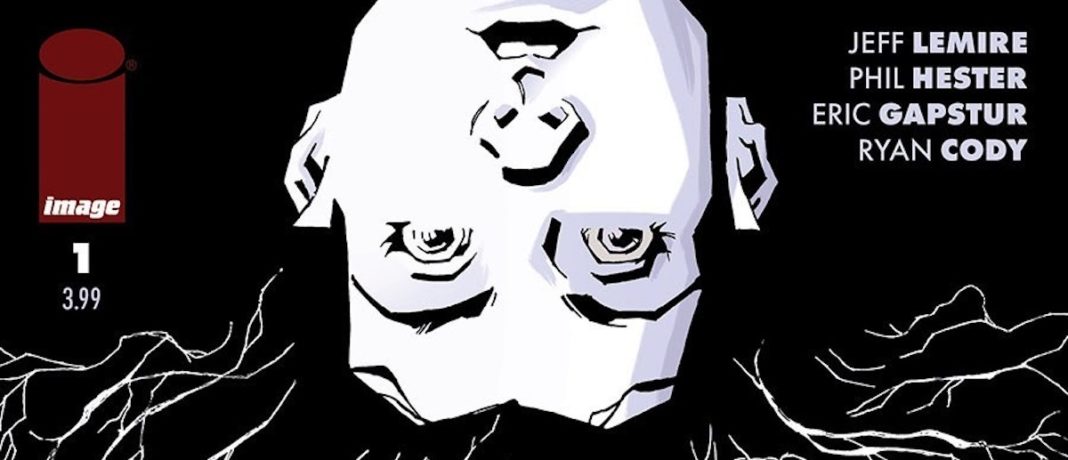
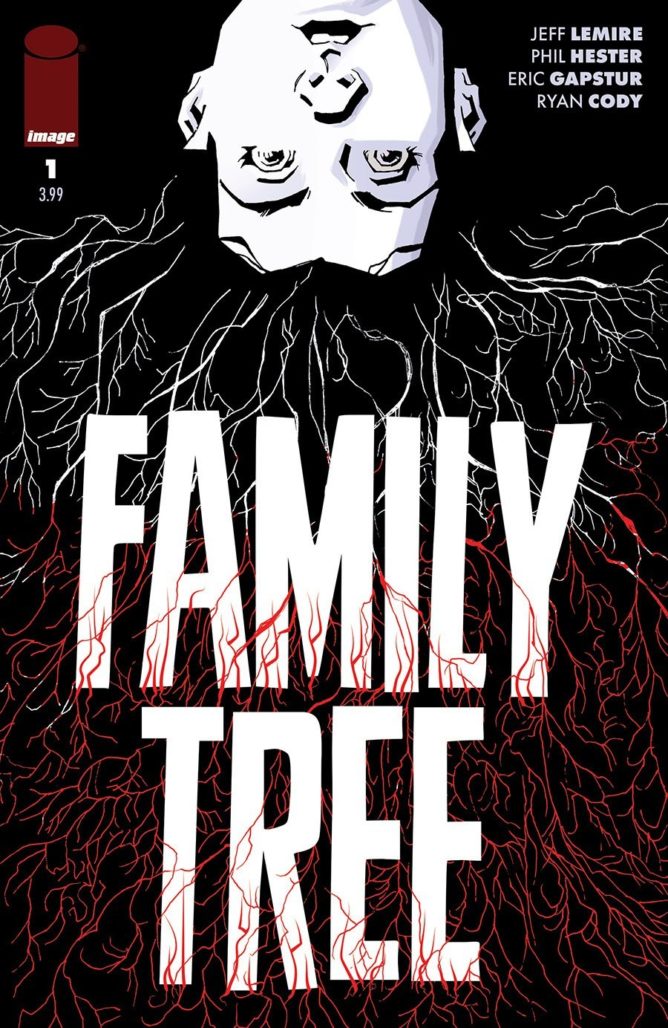
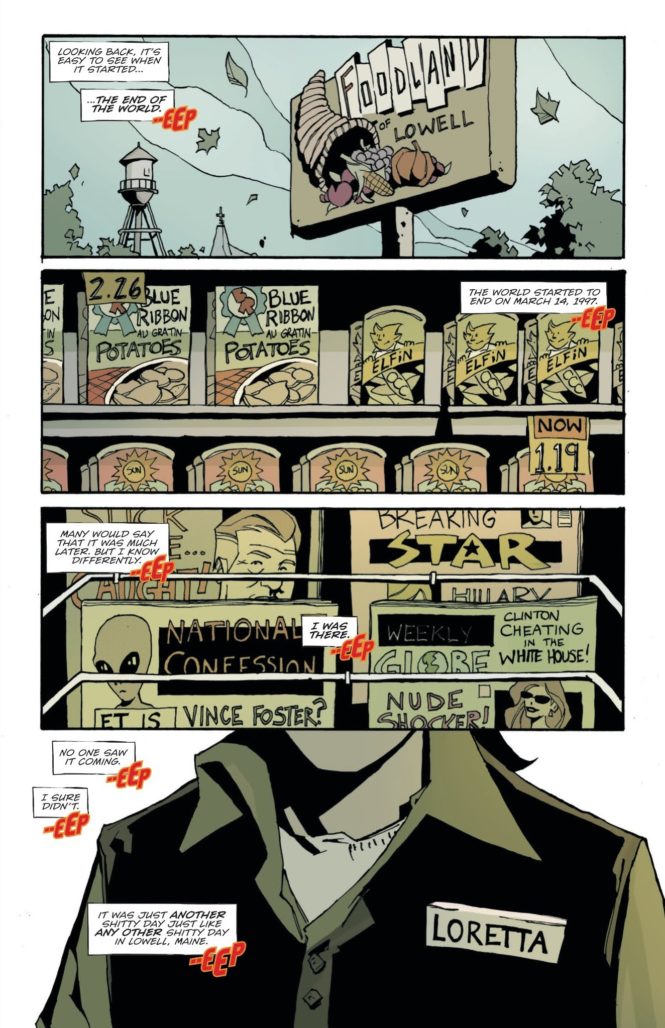
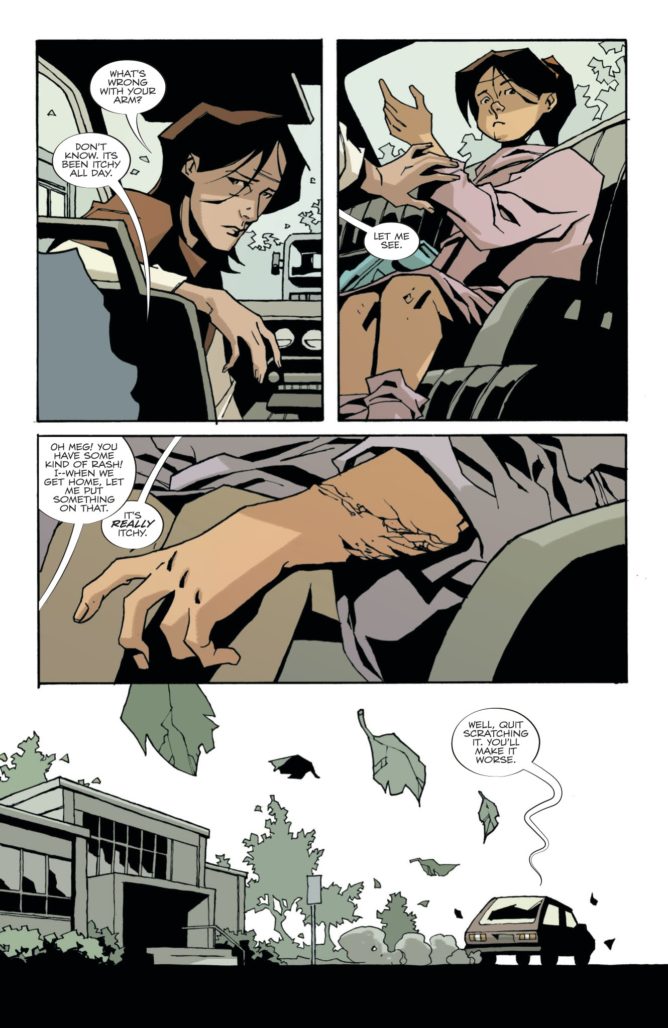
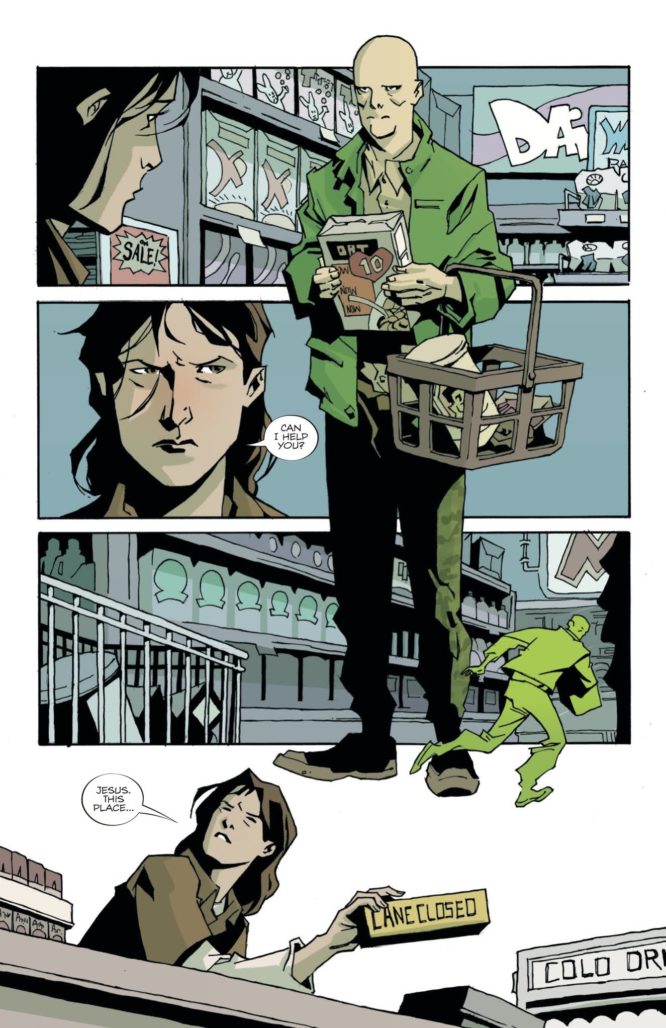
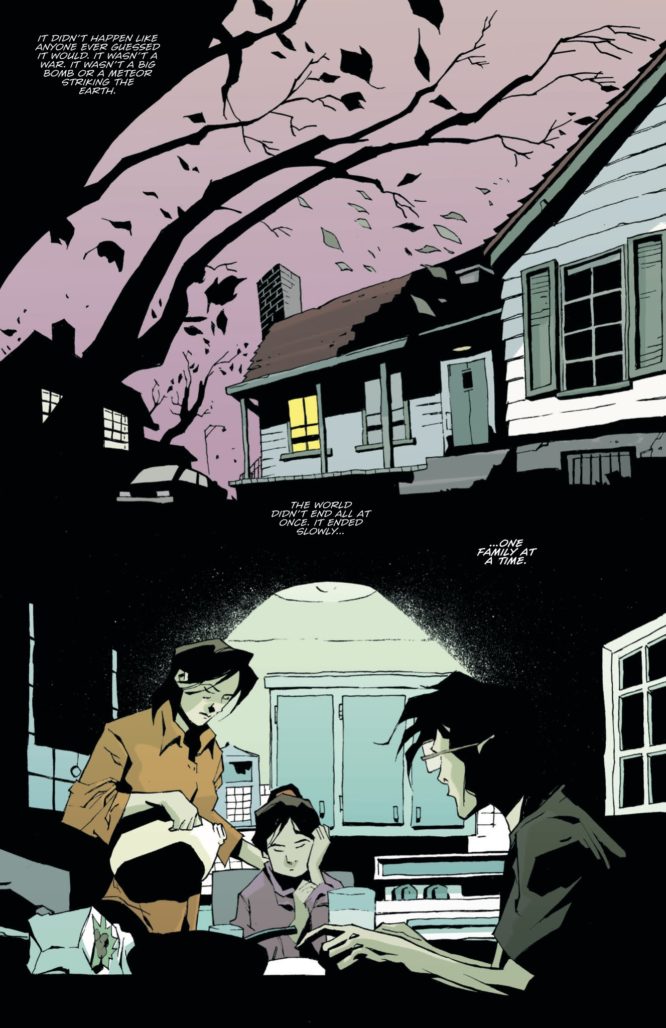
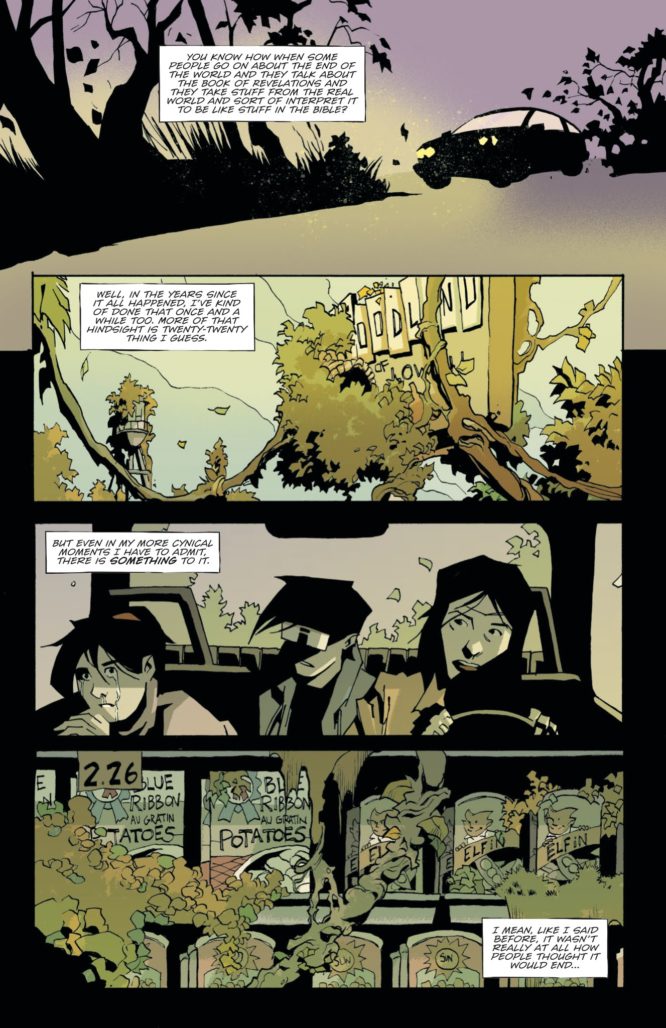
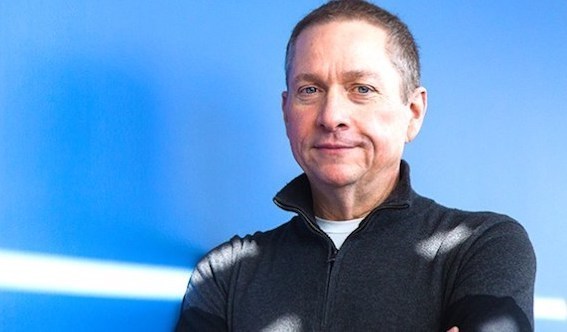
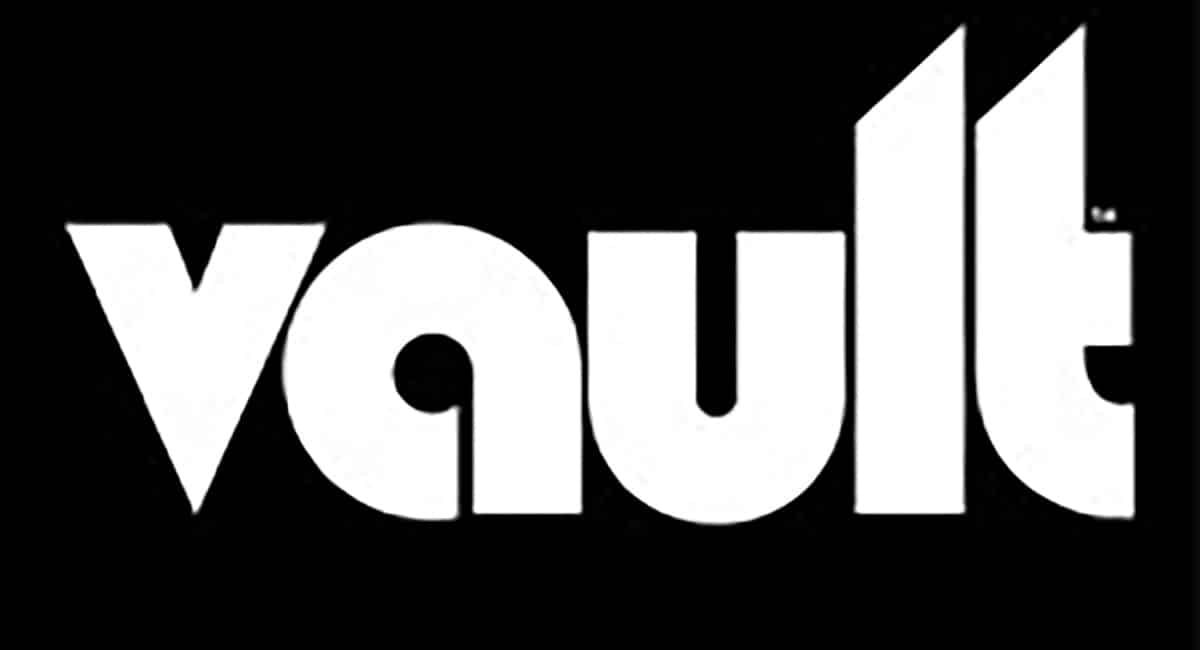
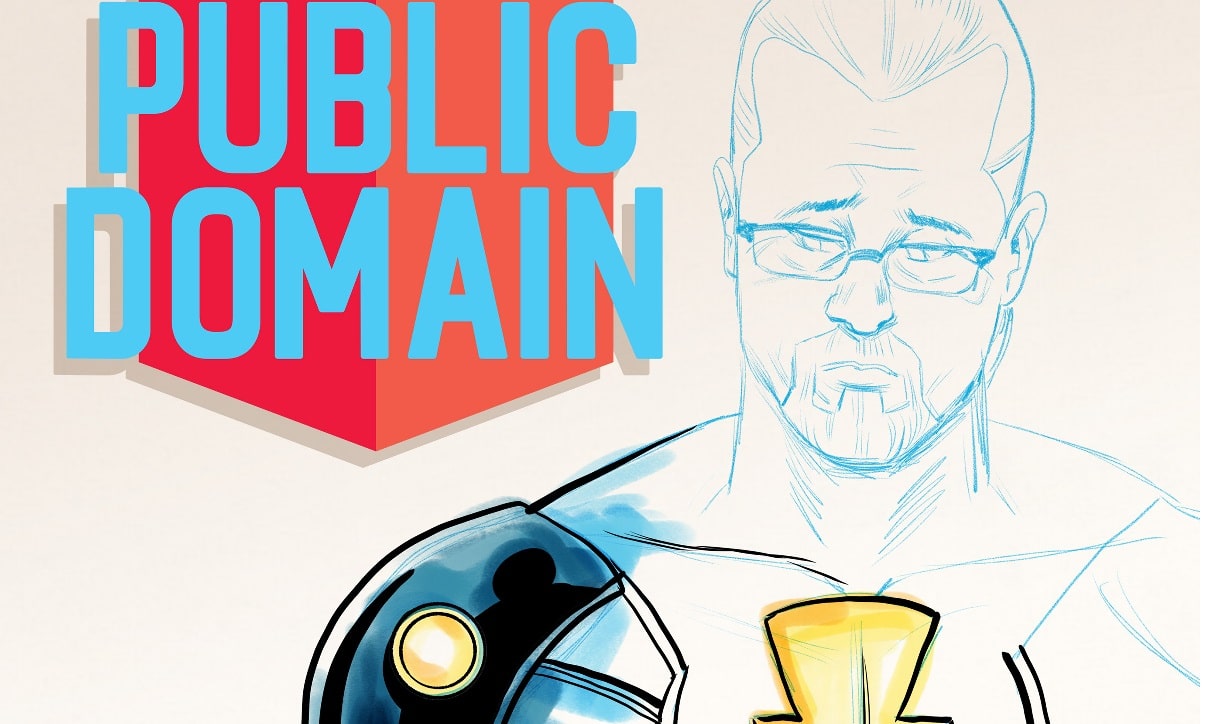
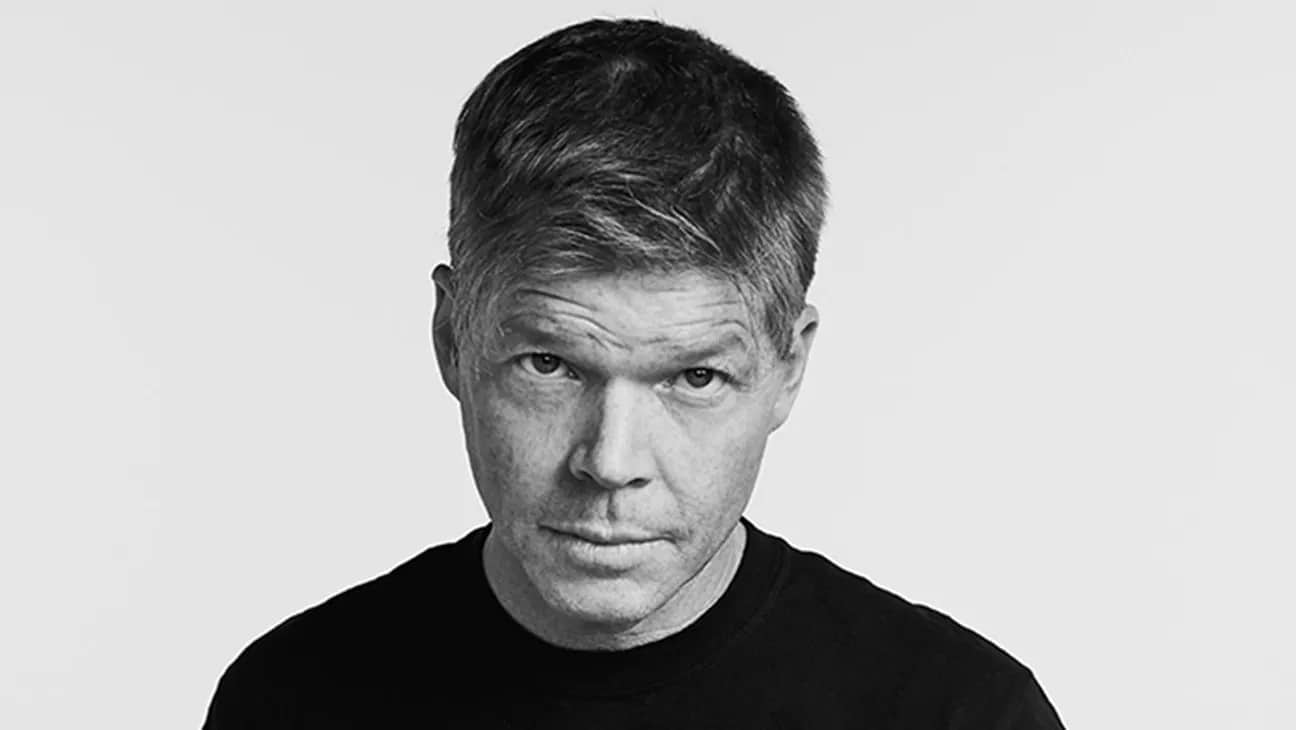



Comments are closed.